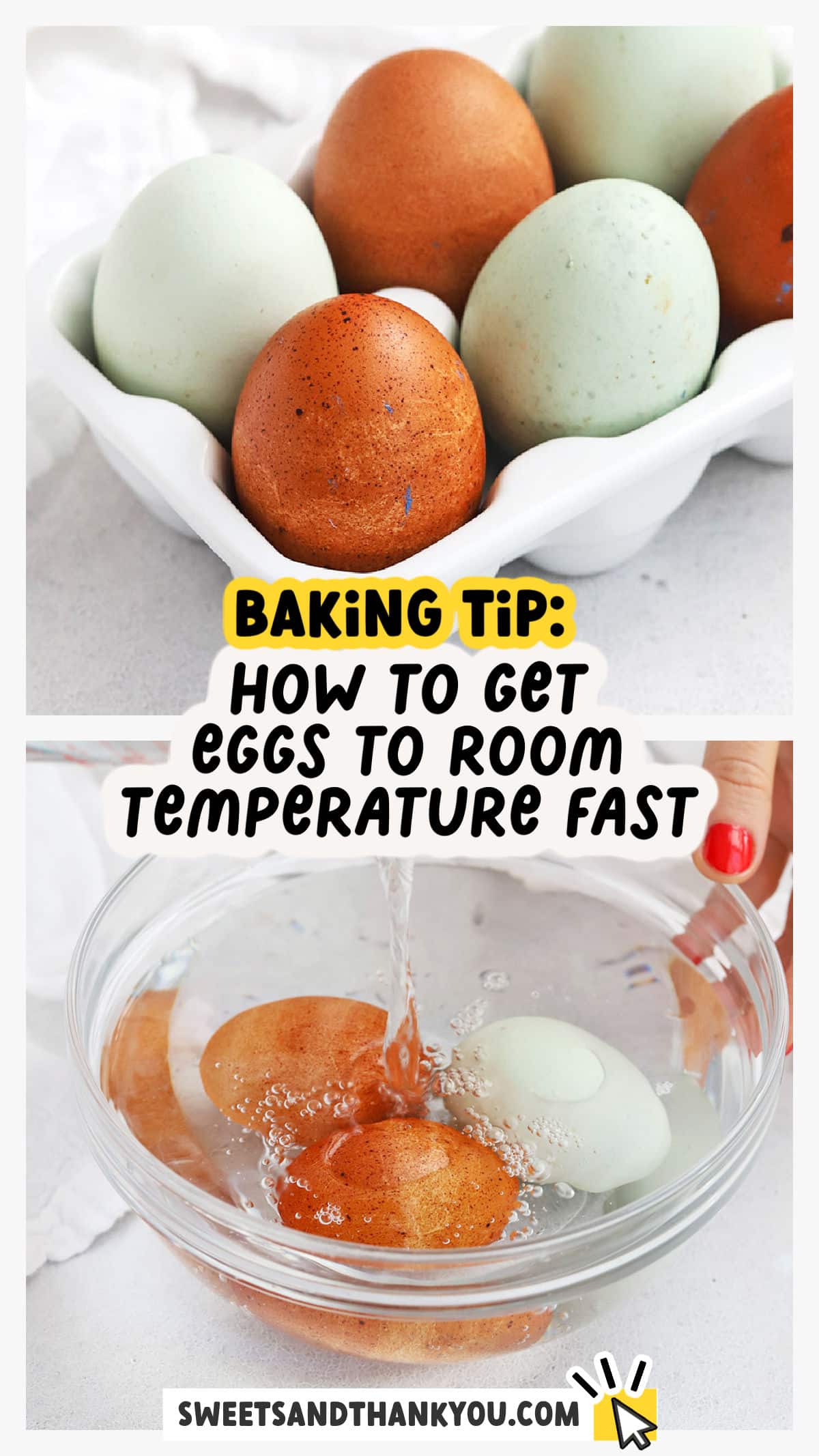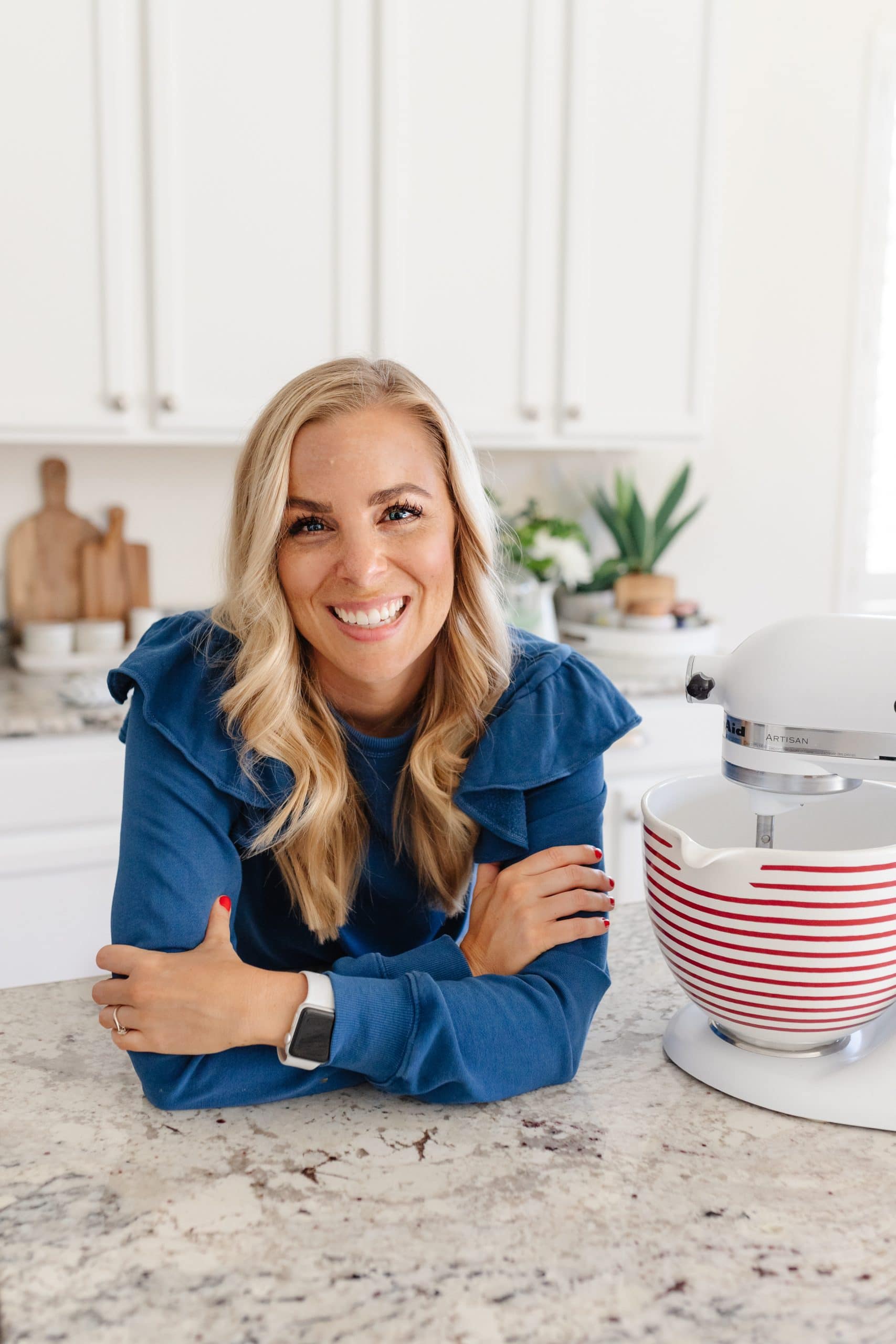How to Get Eggs To Room Temperature Quickly
This post may contain affiliate links. See our disclosure policy for more.
How To Get Eggs To Room Temperature Quickly – Learn the best trick for getting eggs to room temperature quickly & why room temperature eggs are important!
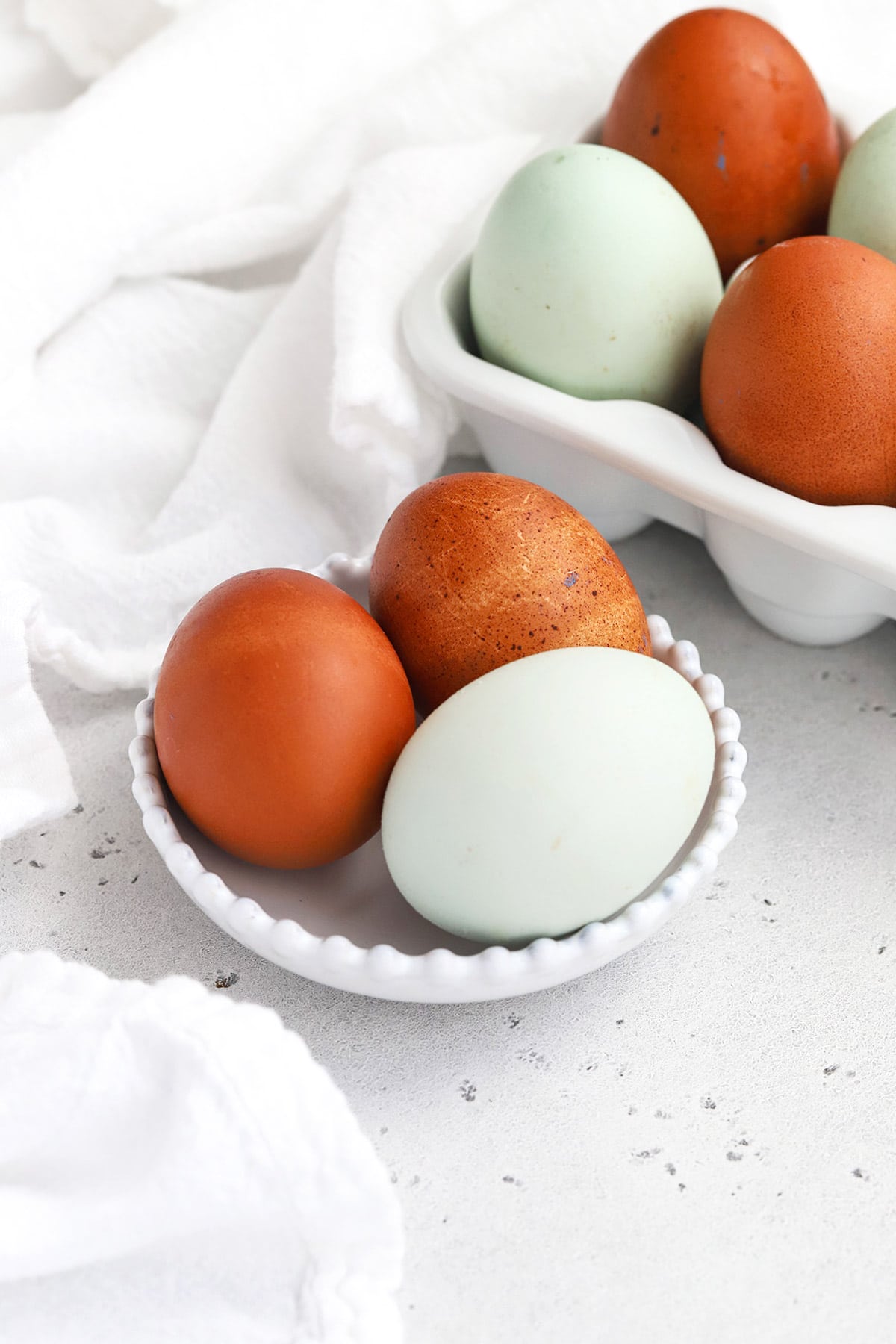
It’s time for another baking tip in our Sweets & Thank You Be A Better Baker series, where we help you brush up on your baking skills or learn some new ones! Today’s tip is all about EGGS! We’ve covered how to separate eggs and how to whip egg whites, but today’s post is all about room temperature eggs!
Have you ever seen a recipe call for room temperature eggs and wondered why you need room temperature eggs? Is it something you REALLY need to do or is it one of those things you can skip?
Spoiler alert: it’s REALLY important to use room temperature eggs when they’re called for in a recipe, and it can have a big impact on the quality of your bakes!
Today I’ll walk you through everything you need to know about room temperature eggs, including what they are, how you can check, and when you can skip this step. Most important for a lot of us is how you to get eggs to room temperature FAST! (No one wants to sit around tapping their fingers waiting around for ingredients. It’s tough to have that kind of patience!)
So how do you get eggs to room temperature quickly? I’ve got a quick 10-minute trick that works like a charm!
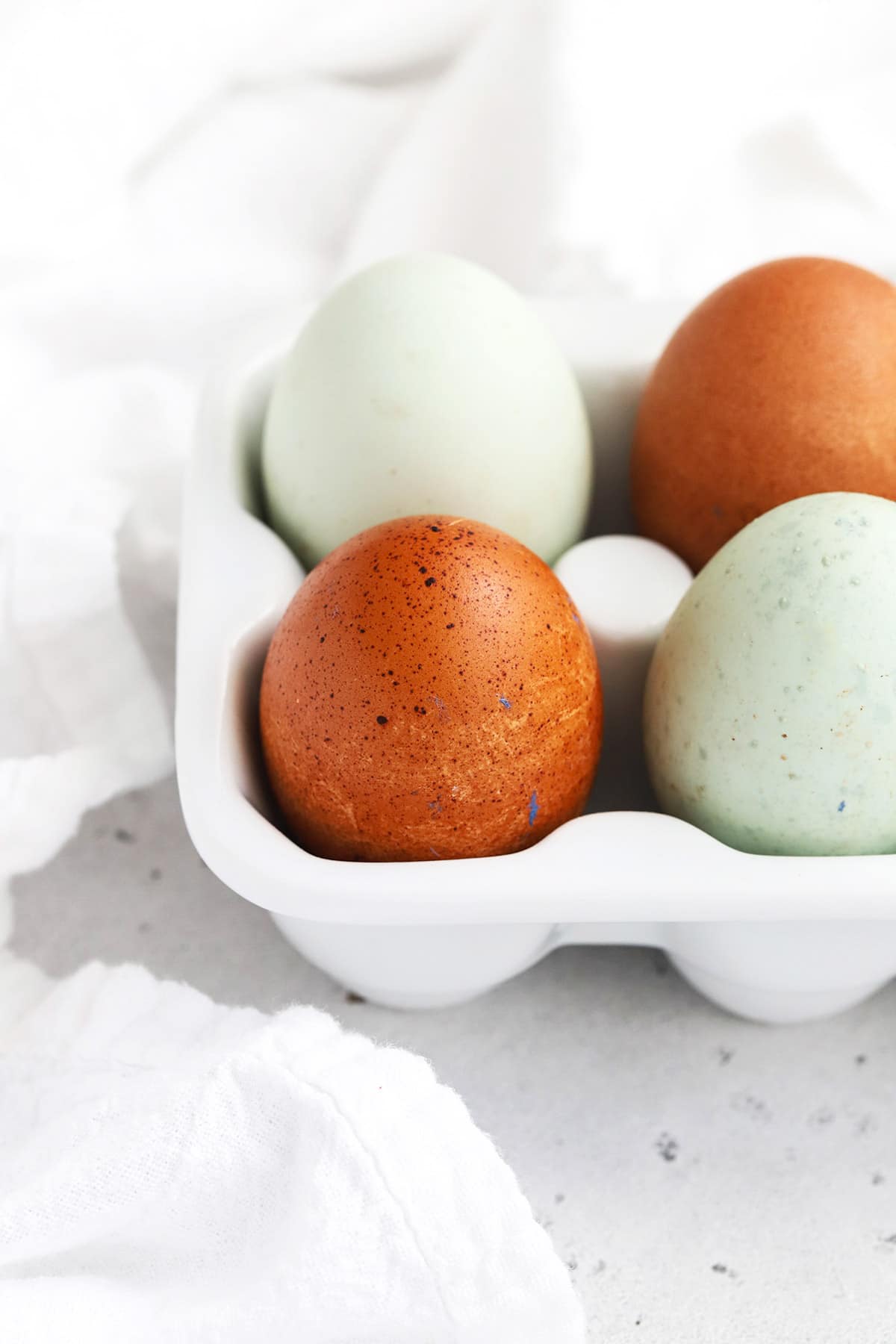
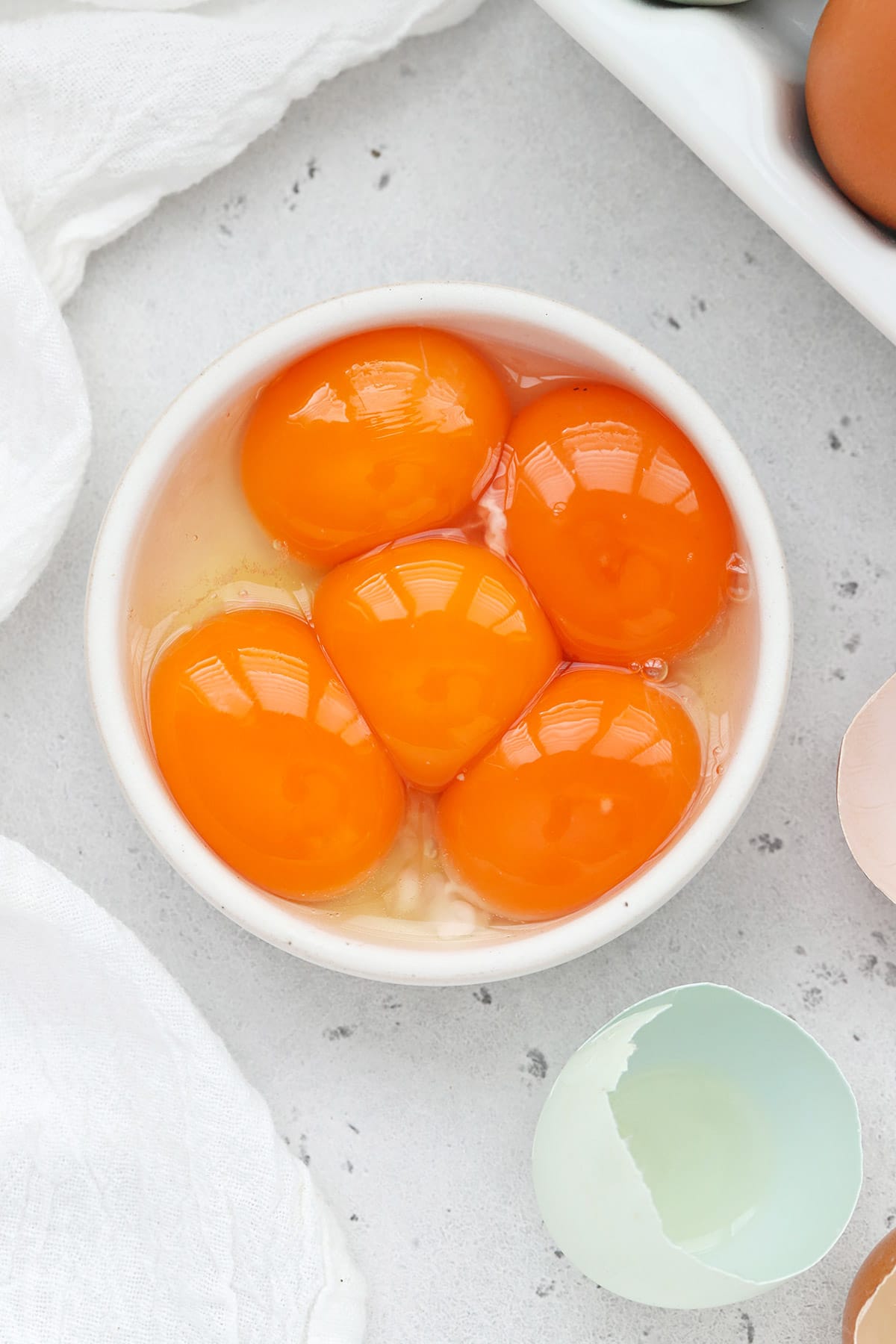
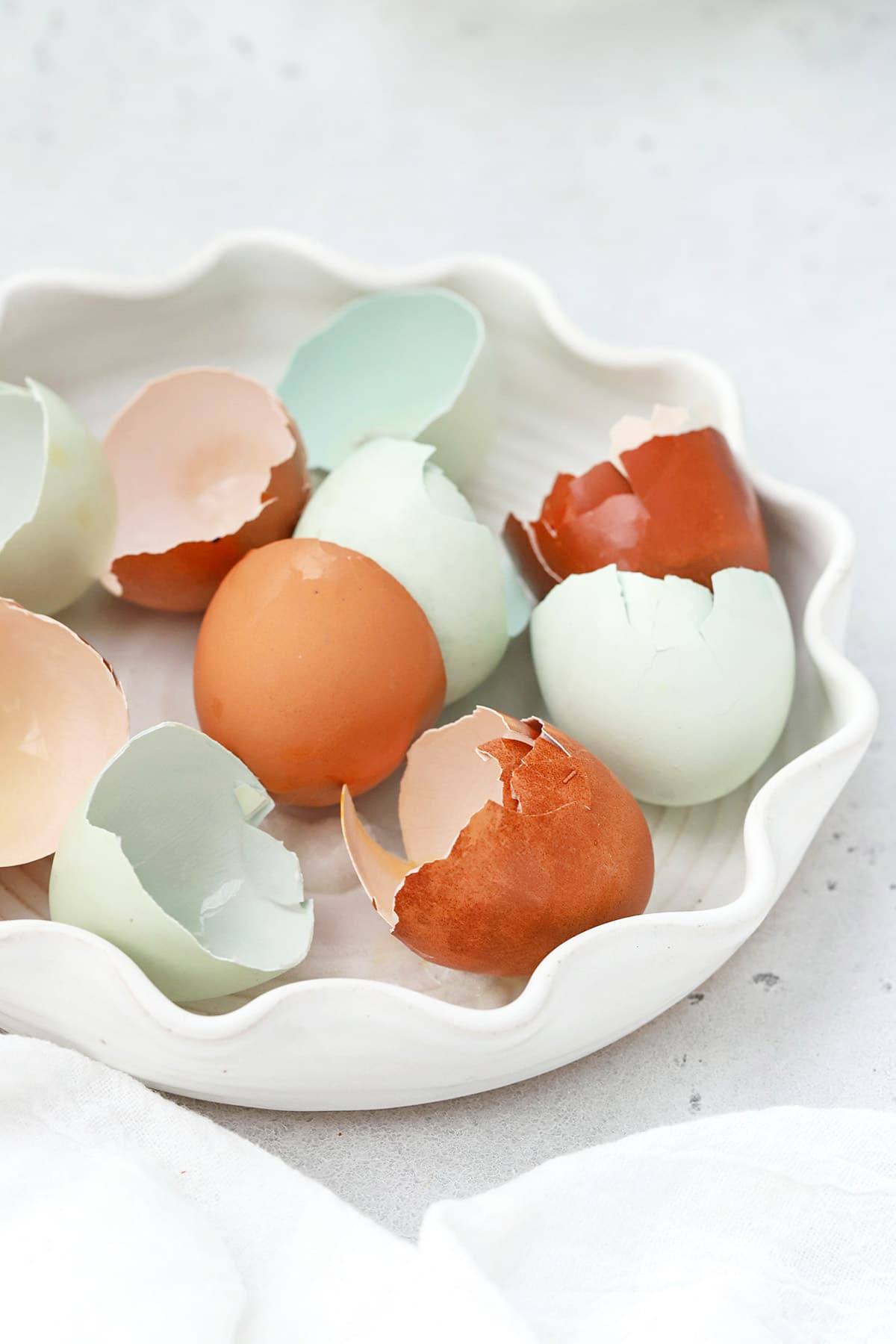
What Are Room Temperature Eggs?
So, how do you know your eggs are room temperature? Technically speaking, eggs are considered room temperature when they’re between 68-70 degrees F.
You can check this by cracking them into a bowl and using an instant read thermometer to register the temperature. If you don’t have an instant read thermometer, you can check them with a clean fingertip. Cracked room temperature eggs shouldn’t feel cold to the touch.
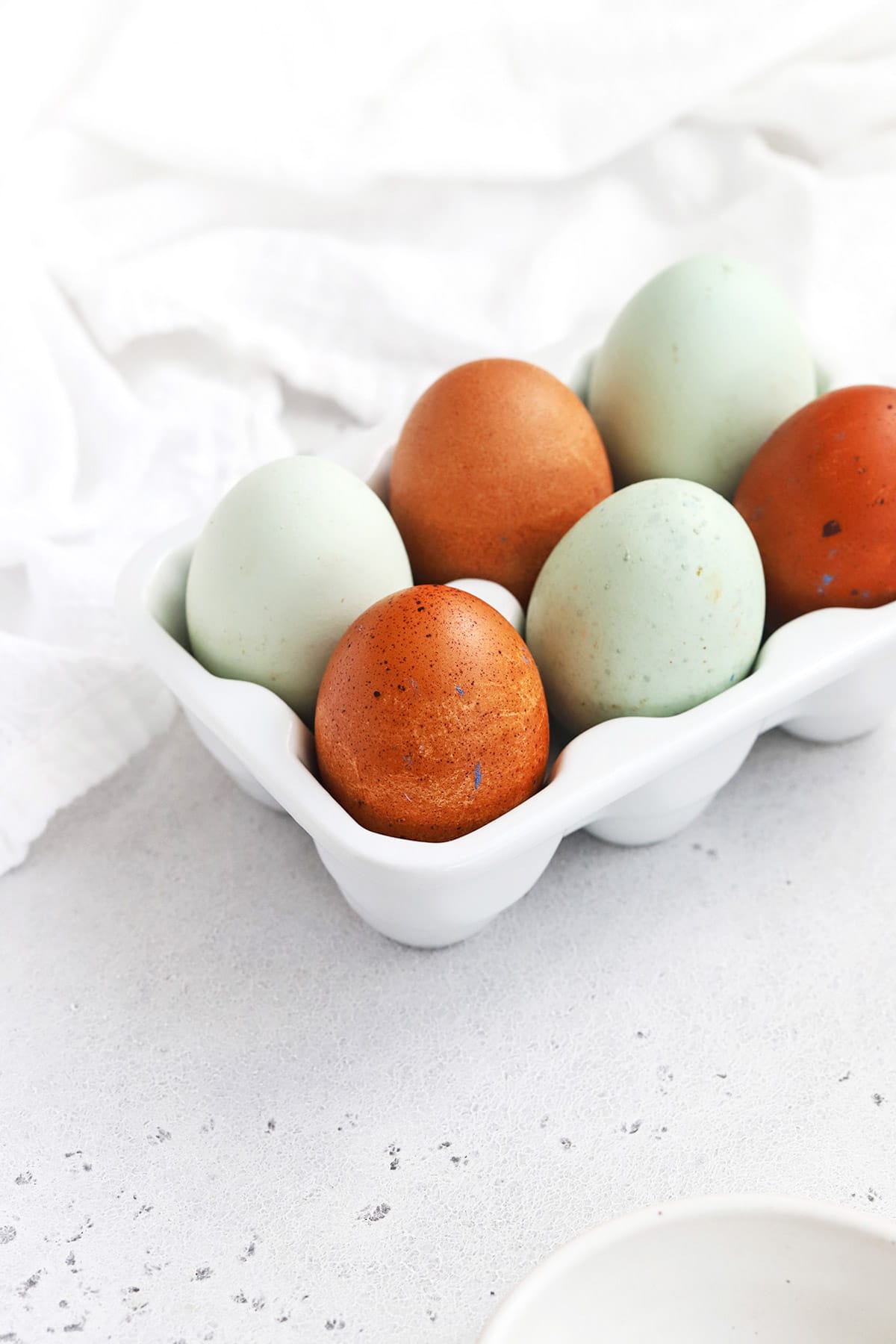

Why Do You Need Room Temperature Eggs?
Do you actually need to bring eggs to room temperature for baking? Why are room temperature eggs important?
First, off: YES! When a recipe calls for room temperature eggs, it’s important to use room temperature eggs and NOT cold eggs. Why? In recipes where room temperature eggs are called for, it’s usually important to the structure of the bake, and there are a few reasons why:
- The proteins in eggs (especially the whites) behave differently when warm or cool. When cold, they’re less flexible and stretchy, where they are much more flexible at room temperature (kind of like how you need to warm your muscles up in a workout!).
- Room temperature eggs help hold the structure created by an emulsion of ingredients or suspension of liquid, air bubbles, and sugar in baked goods. You can break this structure by adding cold eggs to a recipe, which can mean flat, dense baked goods that don’t rise or spread properly.
- Cold eggs can cause softened butter to firm up, causing your batter to separate or get clumpy or chunky, which can affect the rise and spread of your baked goods.
- Room temperature eggs achieve better volume when whipped. When you’re whipping egg whites for meringues, frosting, or folding into batter, they’ll achieve a better volume and lighter texture when whipped at room temperature than when they’re cold.
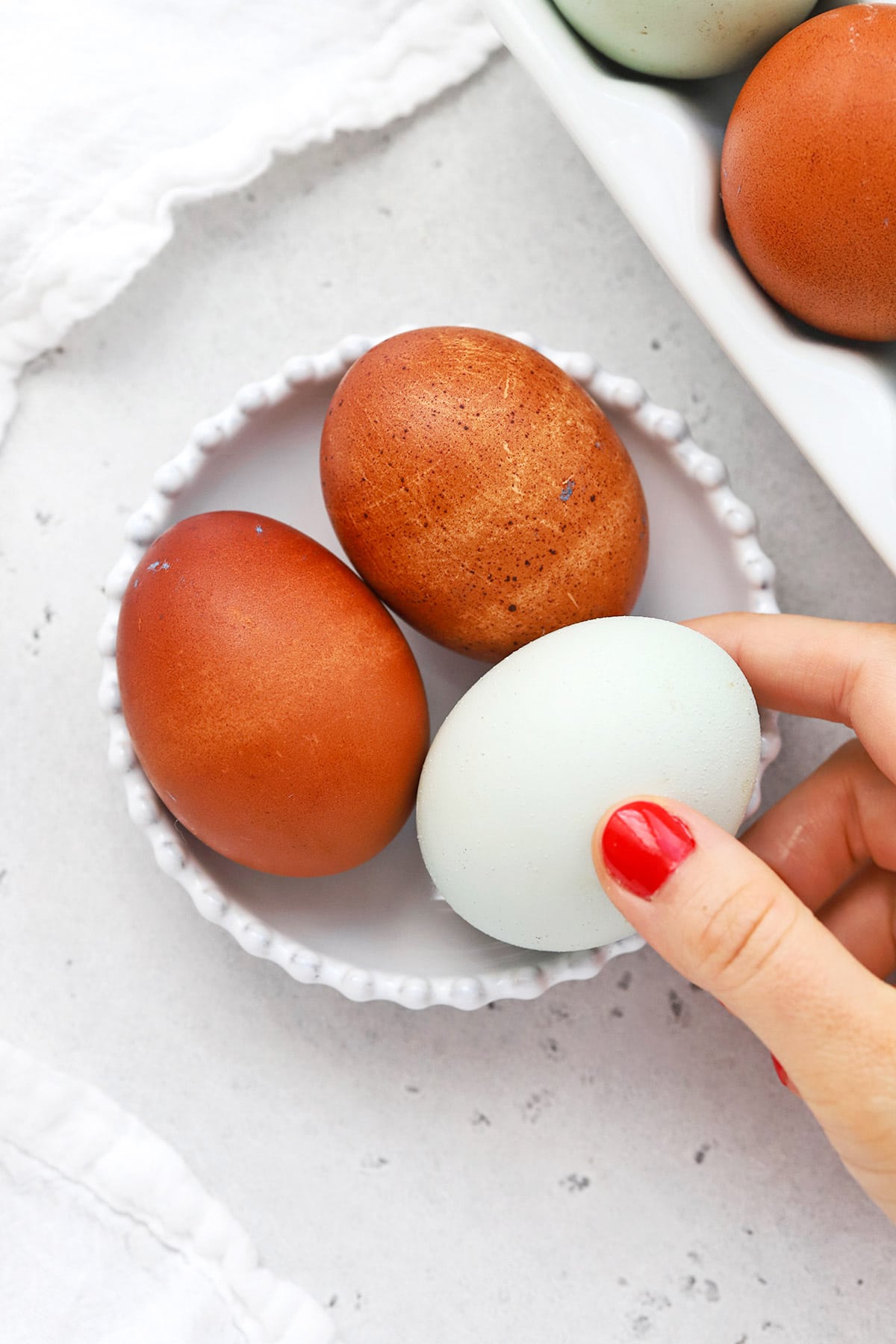
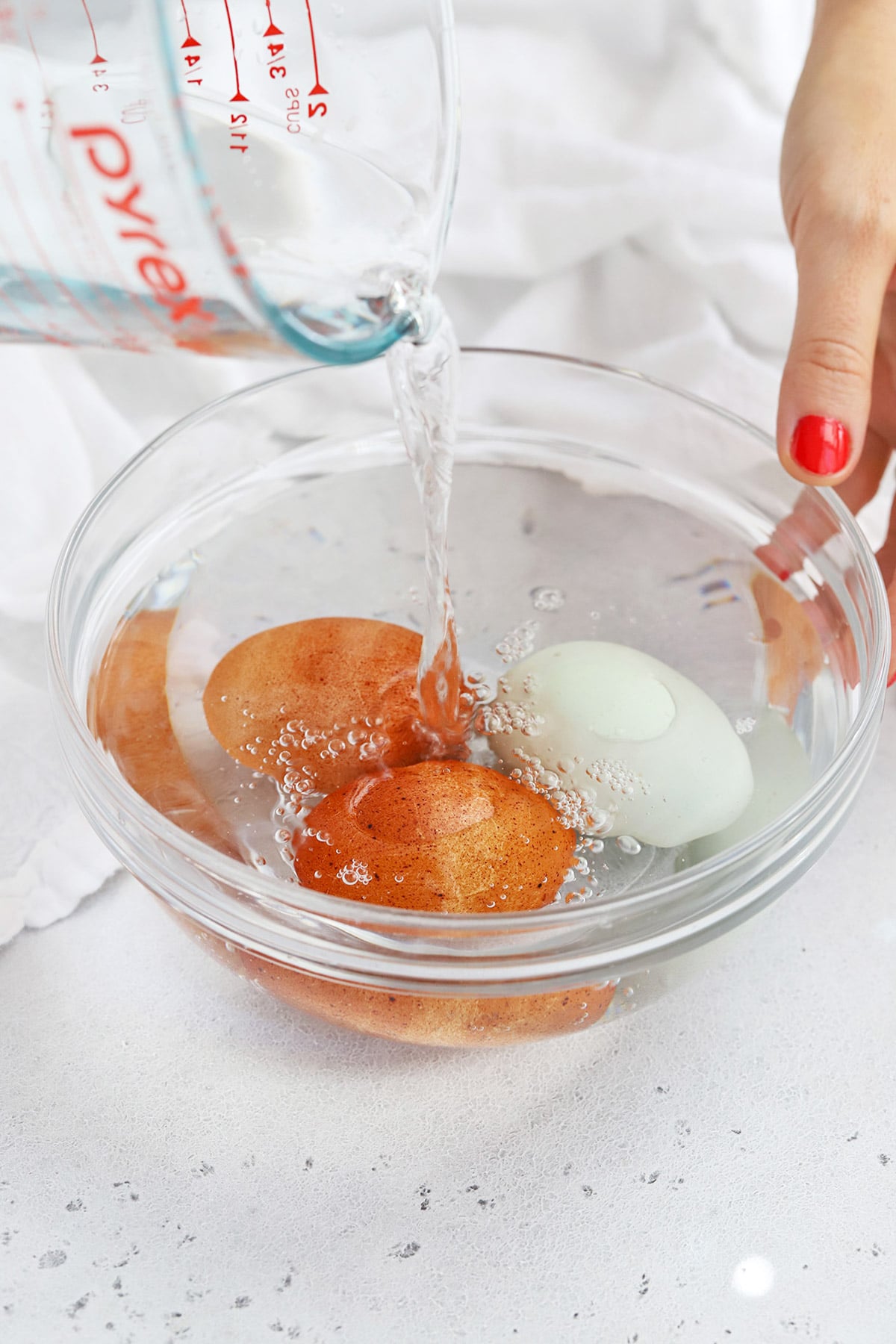
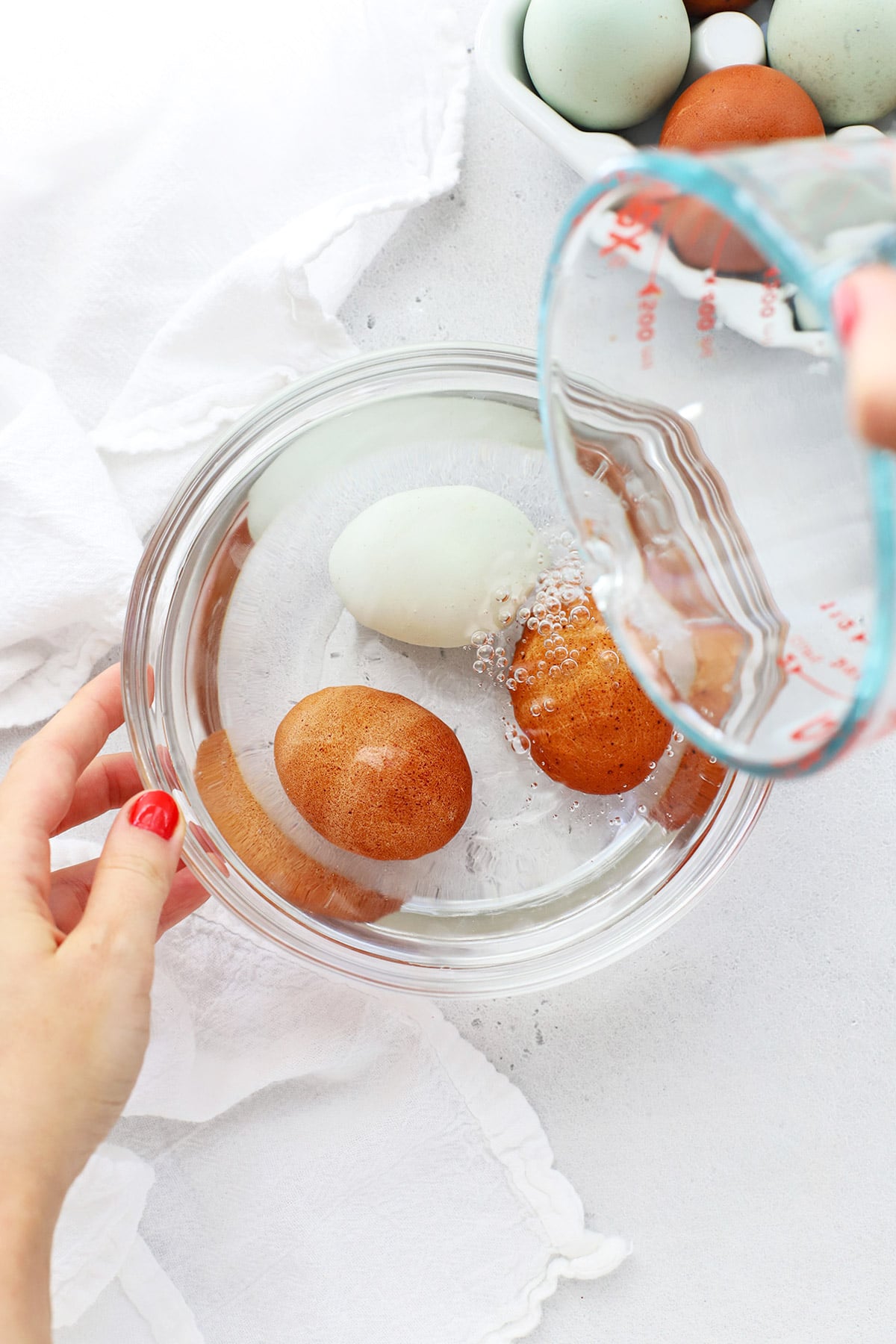
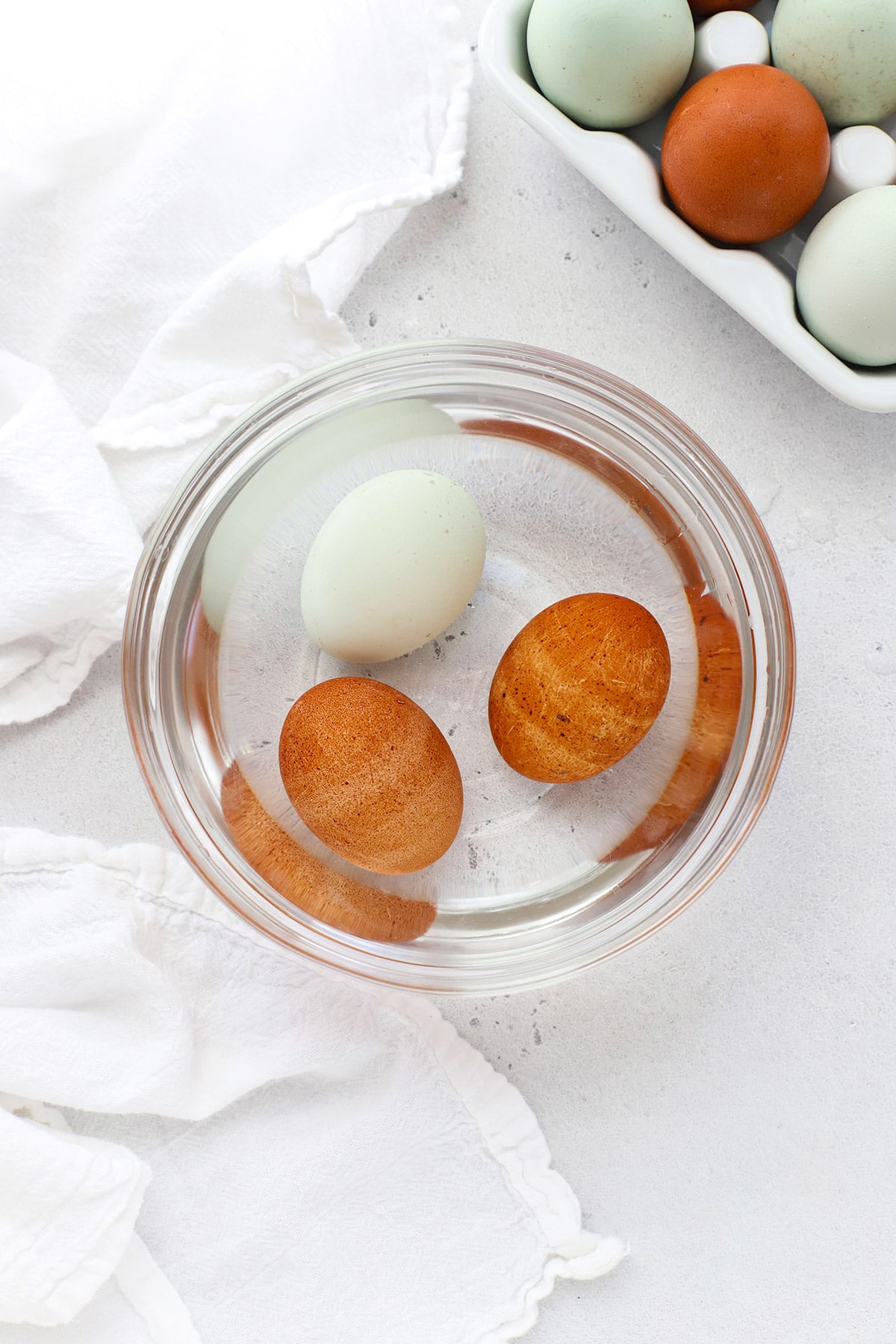
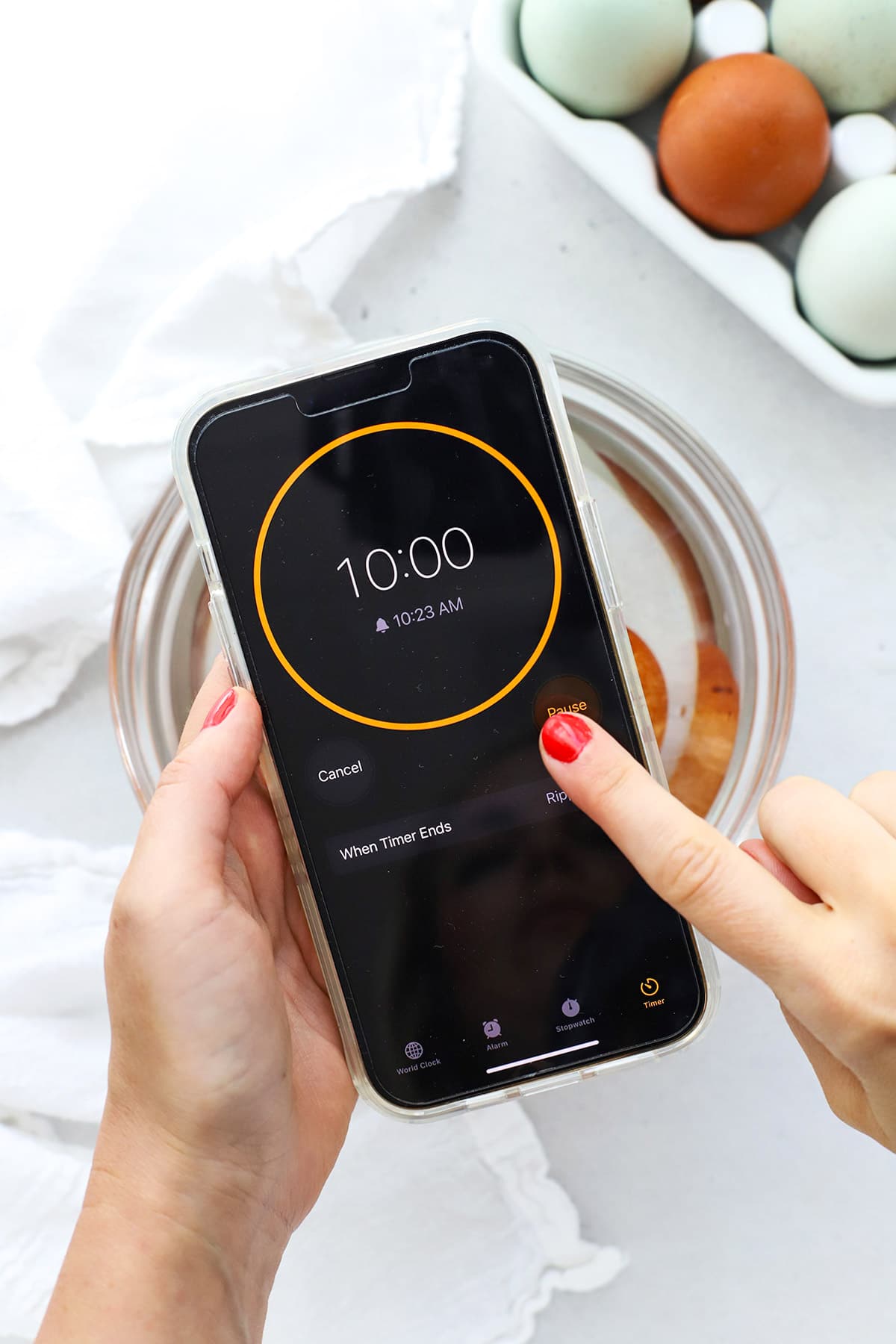
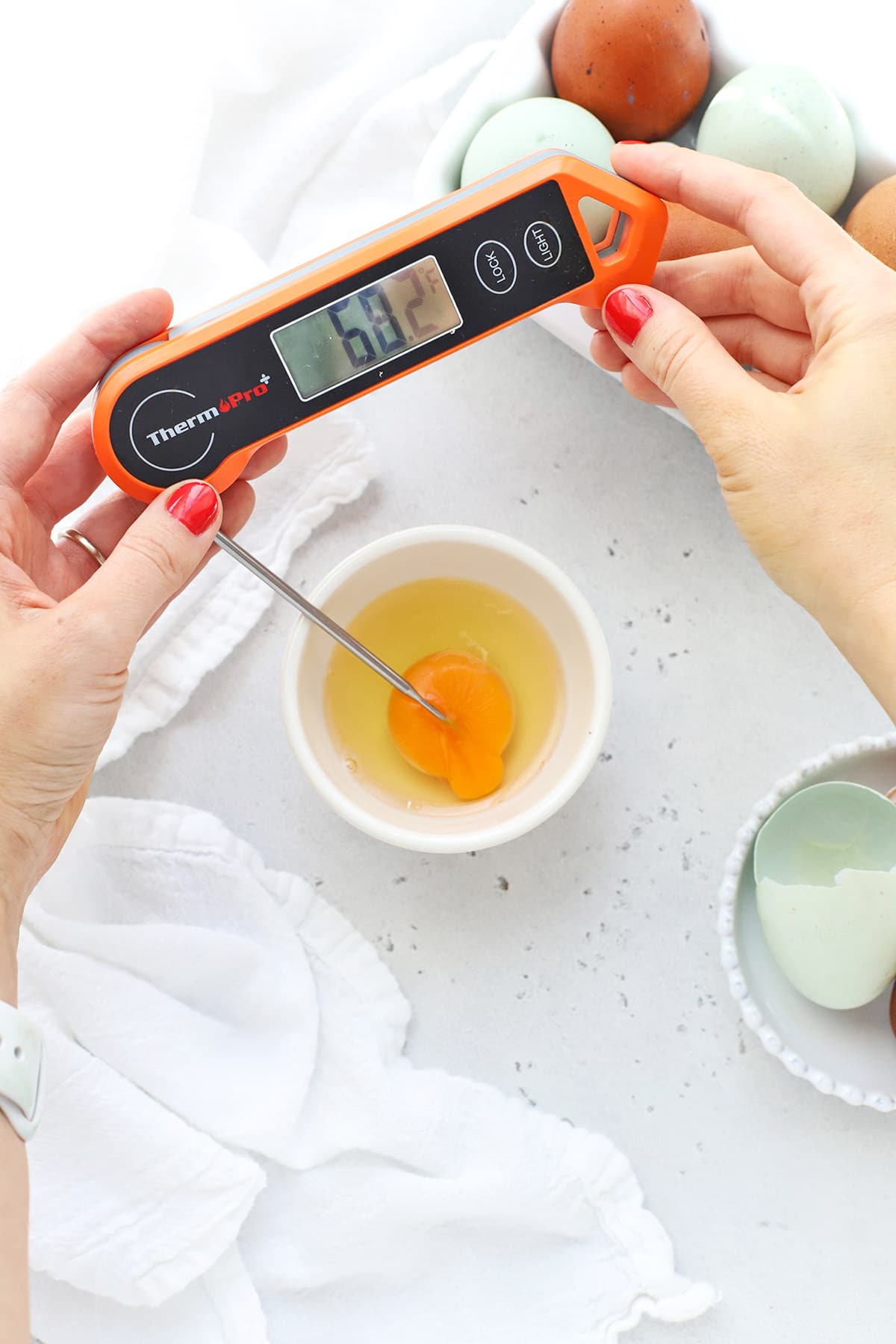
How To Get Eggs To Room Temperature Quickly
The fastest method I’ve ever tried to get eggs to room temperature quickly is to use the water trick!
- Add the eggs to a bowl deep enough to submerge them in water.
- Fill the bowl with warm water. Be sure the water isn’t hot, or it can start to cook the eggs. It should just feel like warm bath water. (Warm water is fine!)
- Let the eggs sit in the warm water for 10-15 minutes, then crack and use as directed. (Even 5 minutes will make a big difference, but aim for at least 10 minutes for best results!)
Start bringing the eggs to room temperature FIRST when making your recipe. They’ll be ready by the time you’ve gathered and prepped all the other ingredients!
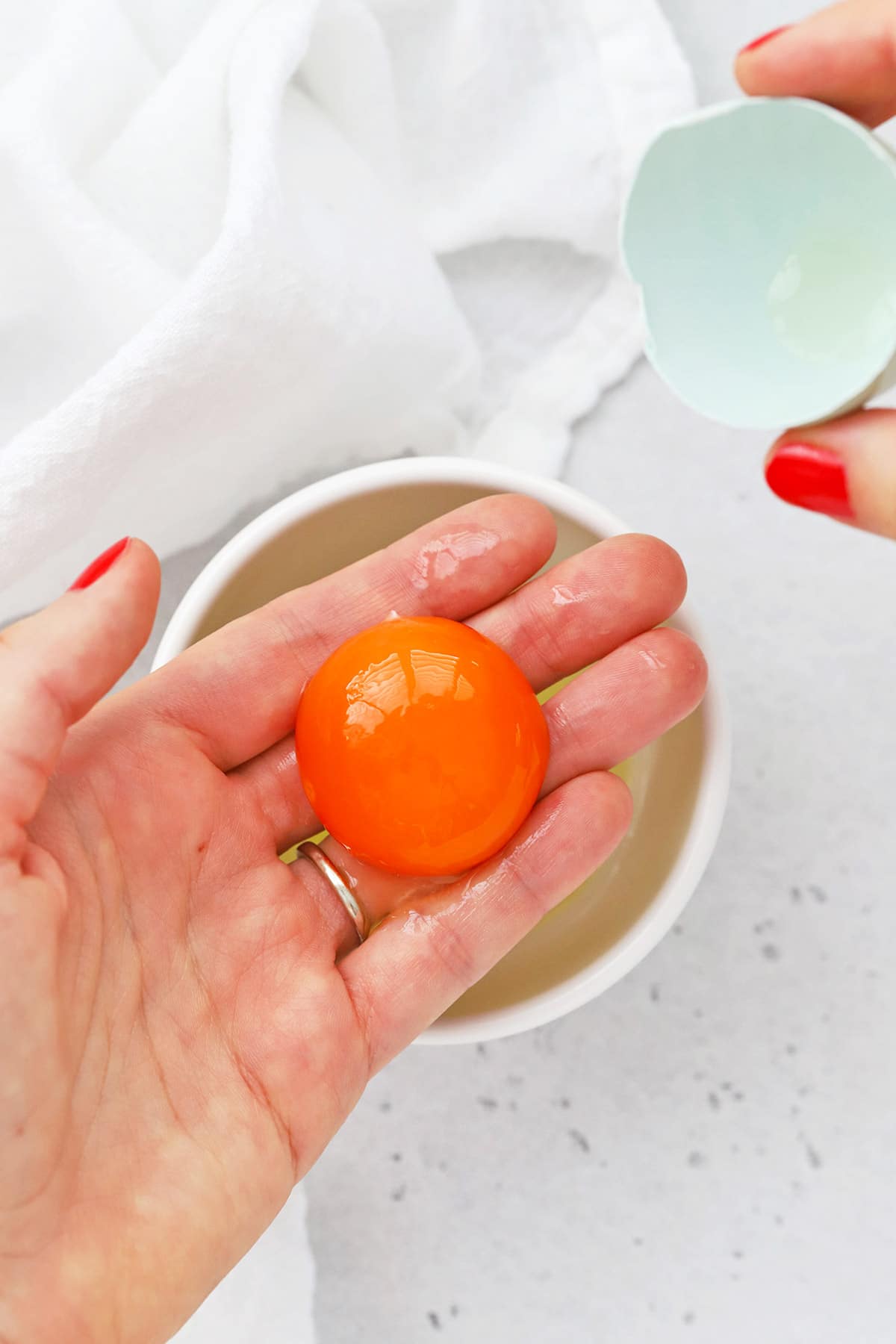
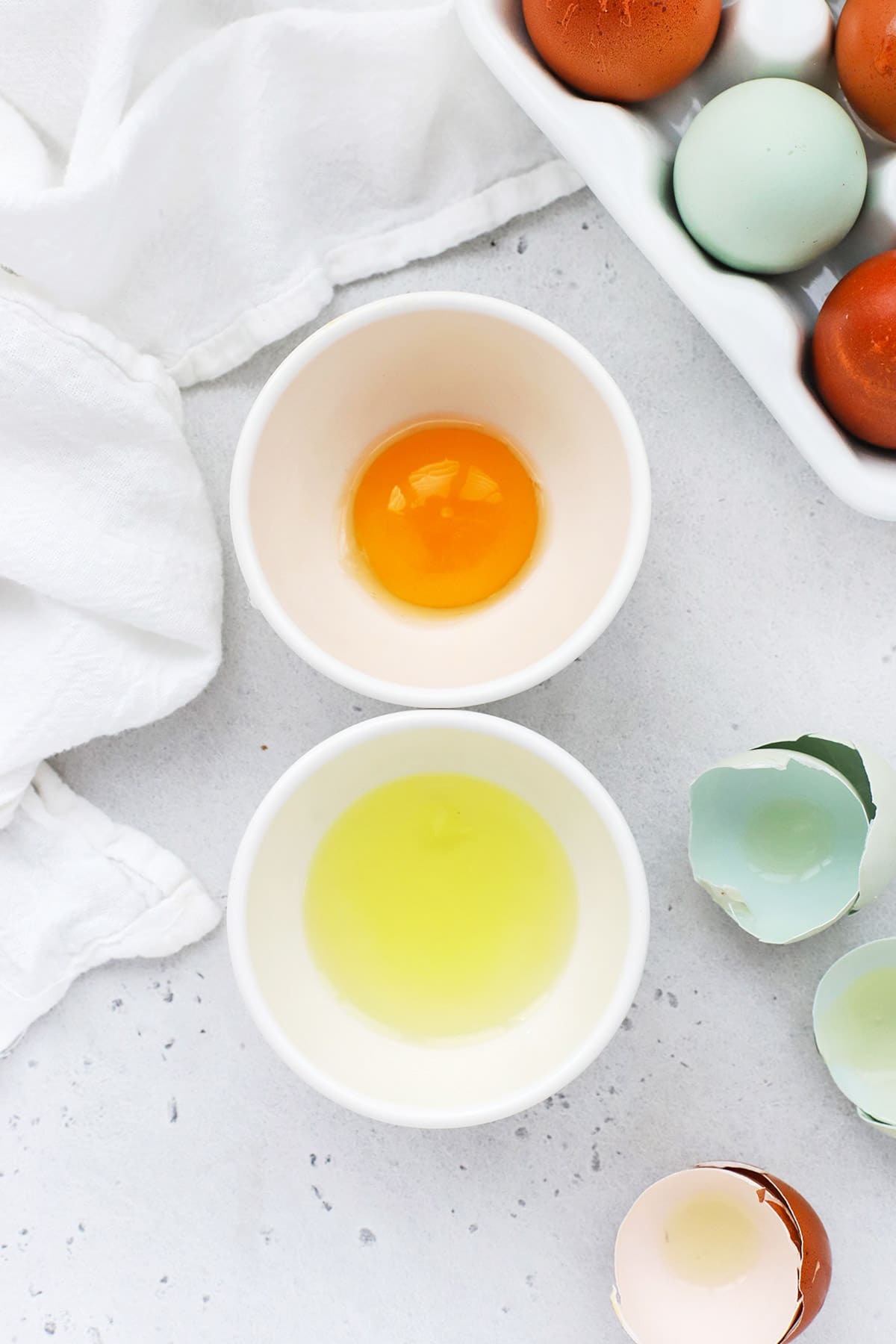
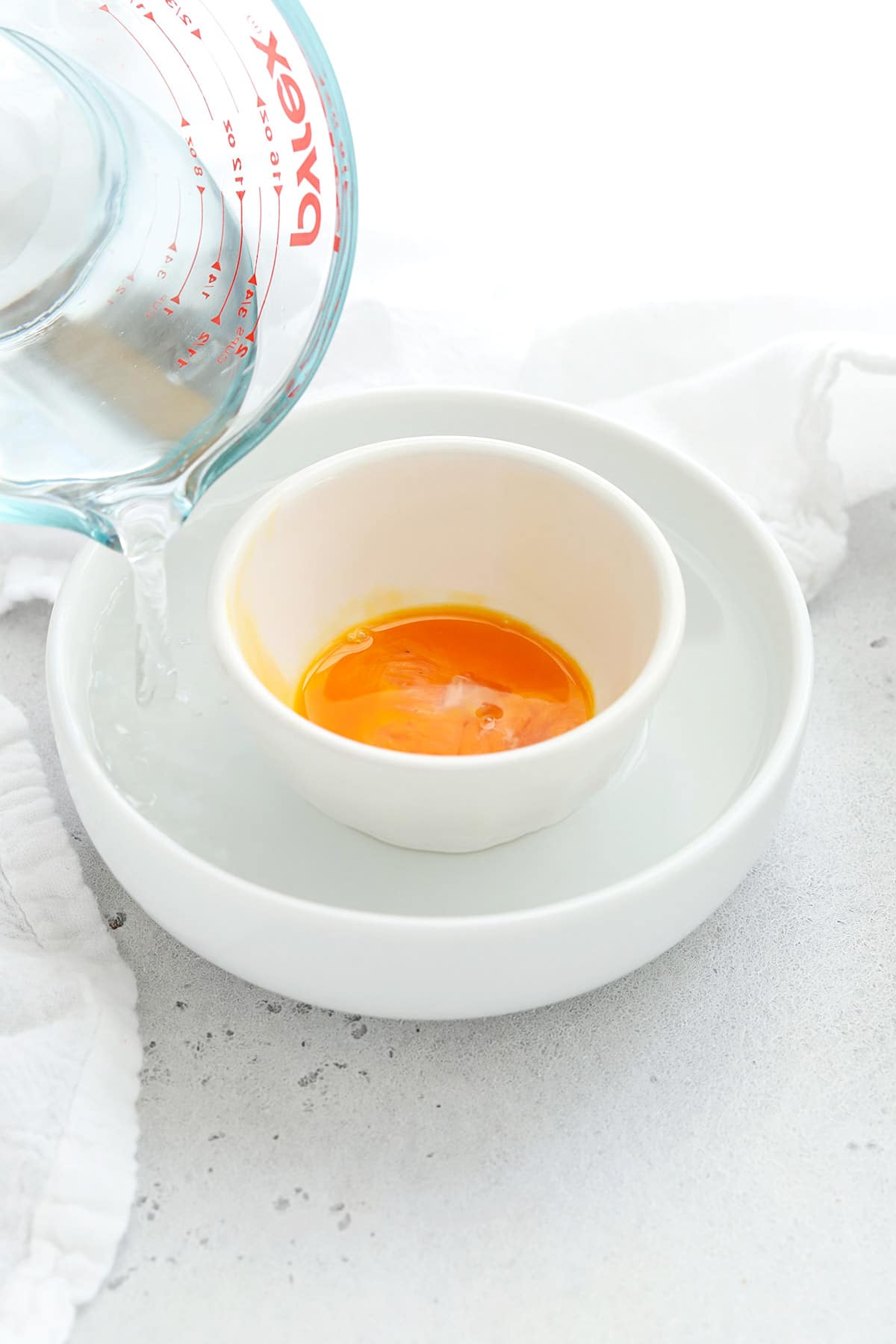
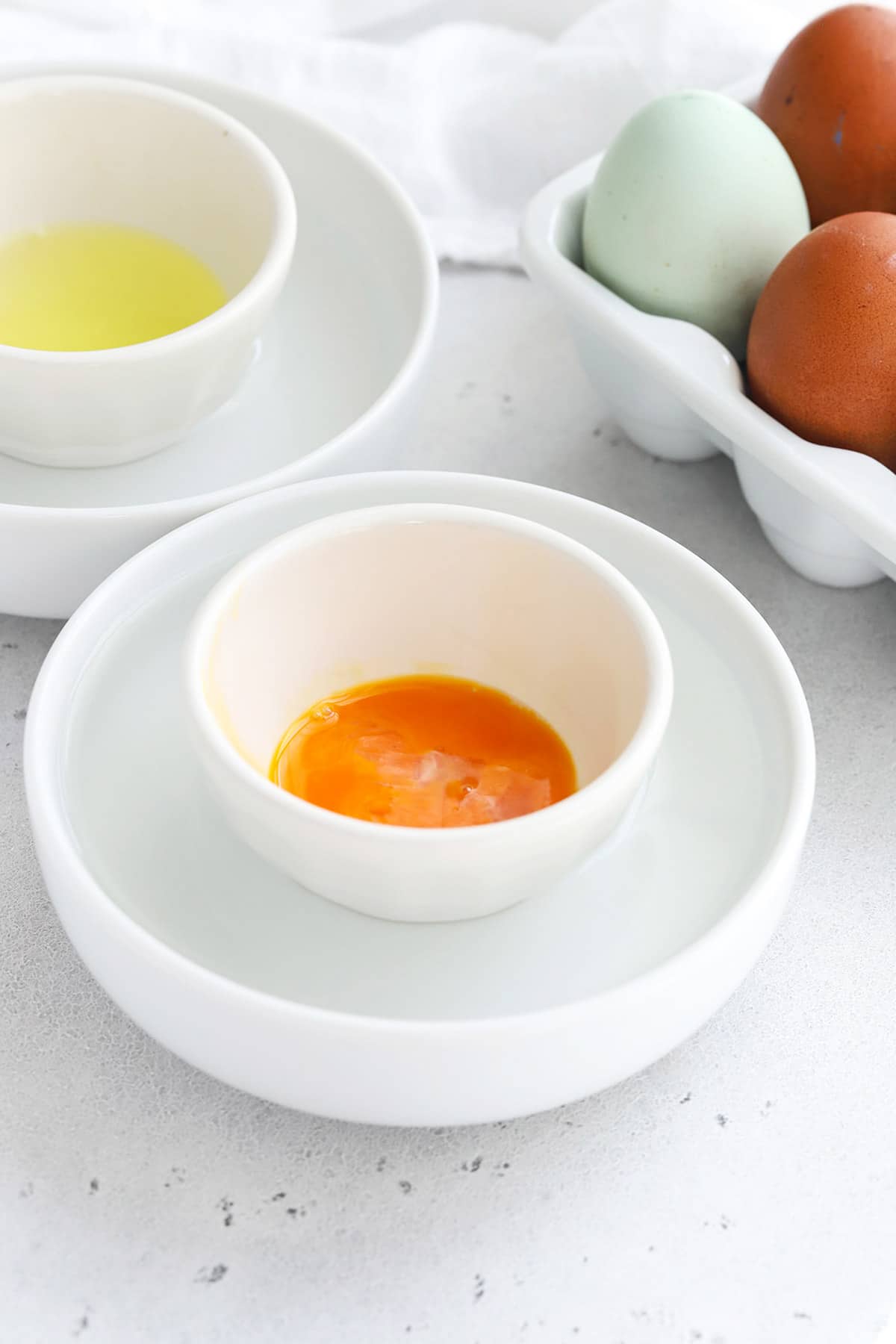
How To Bring Separated Eggs To Room Temperature
One exception is when working with separated eggs. Eggs separate best when cold, so it works best to separate cold eggs and bring the yolks and whites to room temperature separately.
- Separate COLD eggs into two small bowls (one for whites, one for yolks)
- Place small bowls in slightly larger bowls and fill with warm water, careful not to let the water run over the sides of the bowls into the egg yolks or whites.
- Let the egg yolks and whites warm up for 10-15 minutes before proceeding with your recipe.
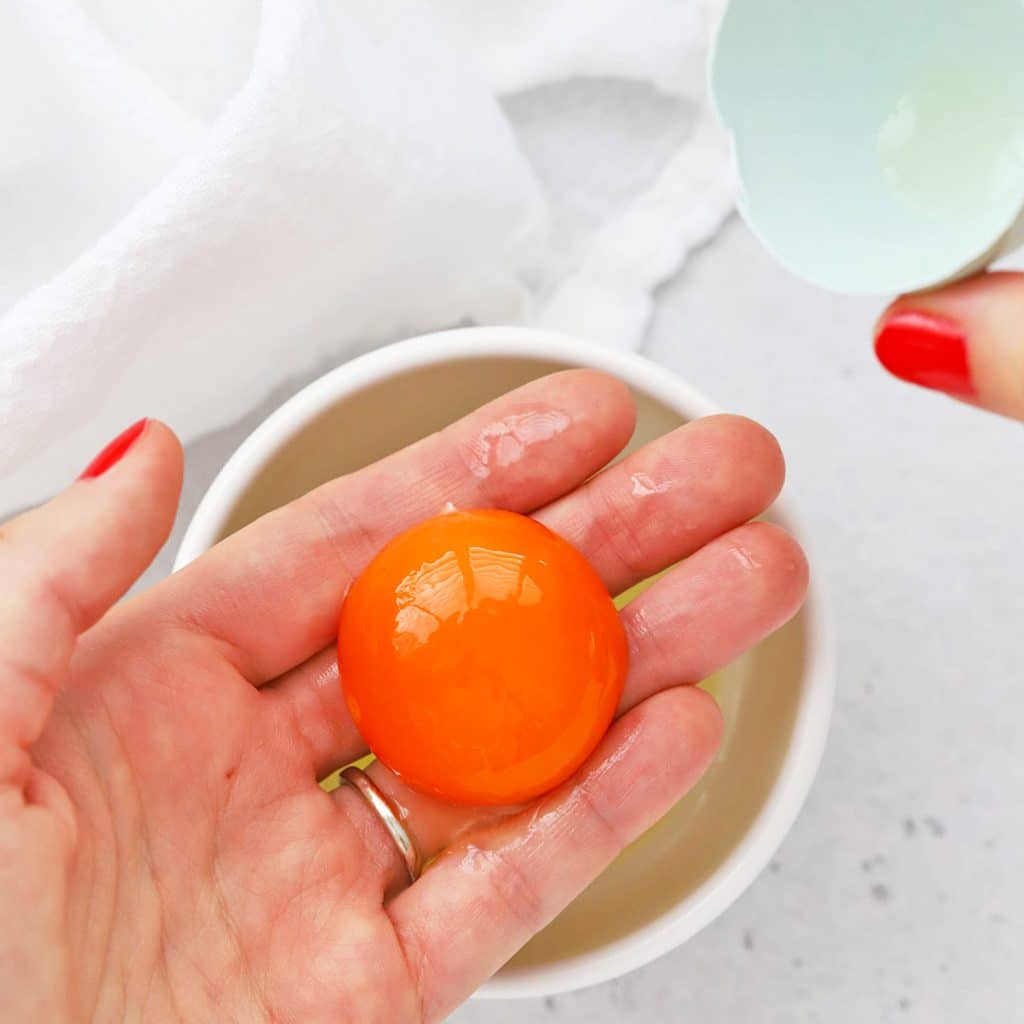
Psst! Here’s How To Separate Eggs
You’ll need to separate the egg yolks & whites to whip the egg whites. If you’ve never done it before, this post has 3 ways to separate eggs. It’ll walk you through every step!
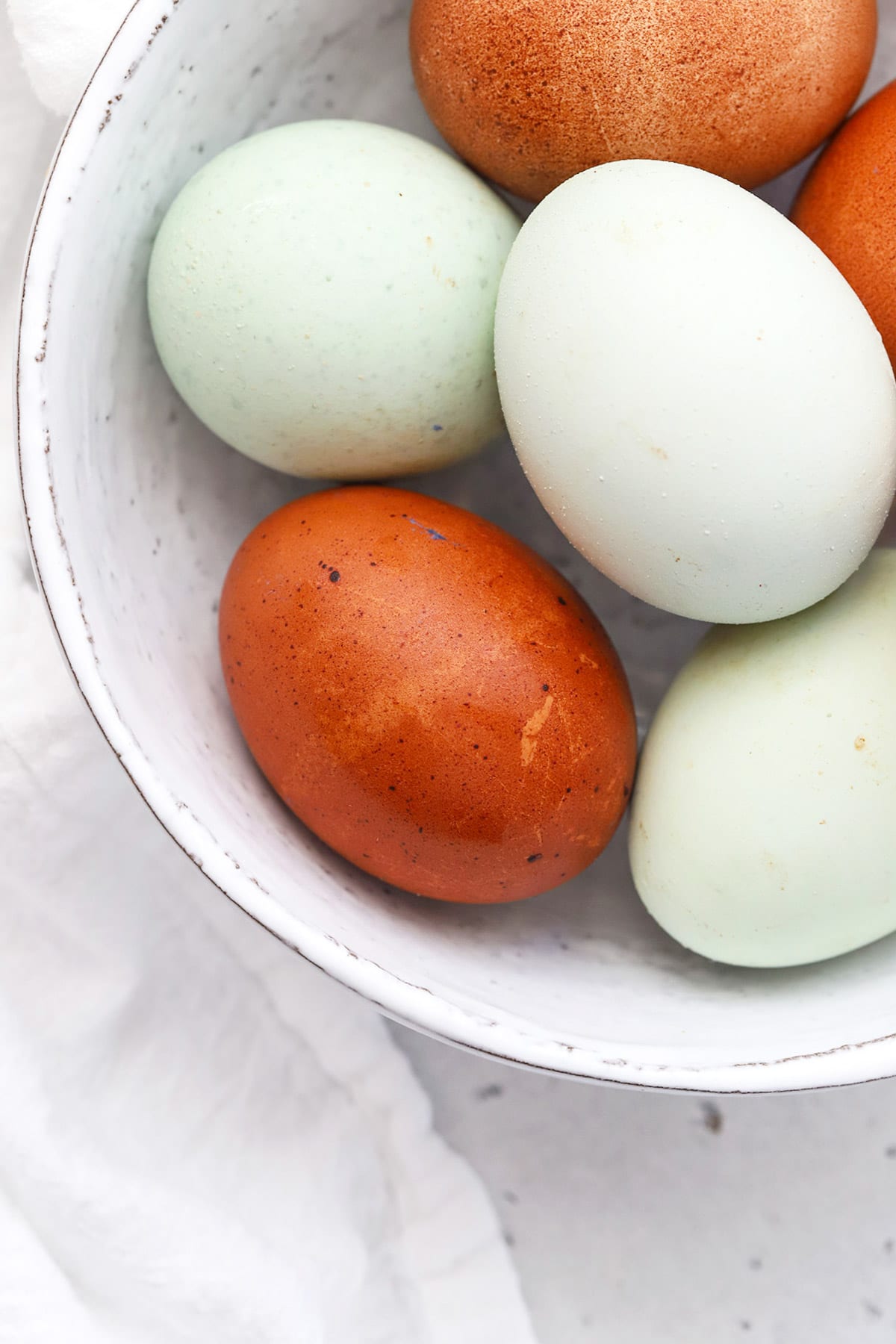
FAQ + Tips And Tricks For Getting Eggs To Room Temperature
How Long Is It Safe For Eggs To Be At Room Temperature? According to USDA food safety standards, eggs should be left at room temperature (68-70 degrees) no longer than 2 hours. If your room is a higher temperature than 70 degrees, you don’t want to leave them out longer than 1 hour.
How Long Does It Take To Get Eggs To Room Temperature? If you’re simply leaving them out on the counter, it’ll depend on the ambient temperature of your room, but a general rule of thumb is to leave eggs out for at least 30 minutes if you’re not using the water trick. If you’re using the water trick (in a bowl of warm water), the eggs should be ready in 10-15 minutes.
Can You Put Room Temperature Eggs Back In The Fridge? If the eggs have been at room temperature (68-70 degrees), for less than 2 hours, you can put them back in the refrigerator. If they’ve been at a higher temperature than 70 degrees, you can put them back if they’ve been out less than 1 hour. If they’ve been out longer than 2 hours, the eggs need to be discarded to avoid risk of illness.
When Are Room Temperature Eggs Important? Room temperature eggs are especially important for creaming method recipes, like cookies and cakes, but also when adding them to recipes like cheesecakes, or whipping egg whites into soft or stiff peaks for things like waffles, angel food cake, macarons, meringues, frosting, etc.
When Is It Okay To Use Cold Eggs In A Recipe?
Cold eggs work best in recipes where you are NOT using the creaming method, such as one bowl recipes where everything gets mixed at once or with cake mixes or boxed baking mixes. You can also use cold eggs when cooking the eggs themselves (for scrambles, poached eggs, baked eggs, etc.). Cold eggs can sometimes be used for cookie recipes where you will not chill the dough–in these cases, the cold eggs can help prevent the butter from melting too quickly/causing the cookies to spread. But ALWAYS follow the recipe instructions, as the baker or developer has tested the recipe using the directed temperature eggs.
More Baking Tips To Try:

How to Get Eggs To Room Temperature Quickly
- Total Time: 10 minutes
- Yield: 1 batch
- Diet: Gluten Free
Description
The easiest and quickest way I know to get your eggs to room temperature quickly is the water trick!
Ingredients
- Eggs (however many your recipe calls for)
- A bowl (or two) large enough to hold the eggs comfortably & be able to cover them with water
- Warm water
Instructions
To Bring Eggs To Room Temperature Quickly (Whole Eggs)
- Add the eggs to a bowl deep enough to submerge them in water.
- Fill the bowl with warm water. Be sure the water isn’t hot, or it can start to cook the eggs. It should just feel like warm bathwater.
- Let the eggs sit in the warm water for 10-15 minutes, then crack and use as directed. (Even 5 minutes in the water will make a notable difference, but aim for at least 10 minutes for best results!)
To Bring Separated Eggs To Room Temperature Quickly:
- Separate COLD eggs into two small bowls (one for whites, one for yolks)
- Place small bowls in slightly larger bowls and fill with warm water, careful not to let the water run over the sides of the bowls into the egg yolks or whites.
- Let the egg yolks and whites warm up for 10-15 minutes before proceeding with your recipe.
Notes
- Start bringing the eggs to room temperature FIRST when making your recipe. They’ll be ready by the time you’ve gathered and prepped all the other ingredients!
- Prep Time: 10 minutes
- Category: Tutorial
- Method: No Bake
- Cuisine: American




